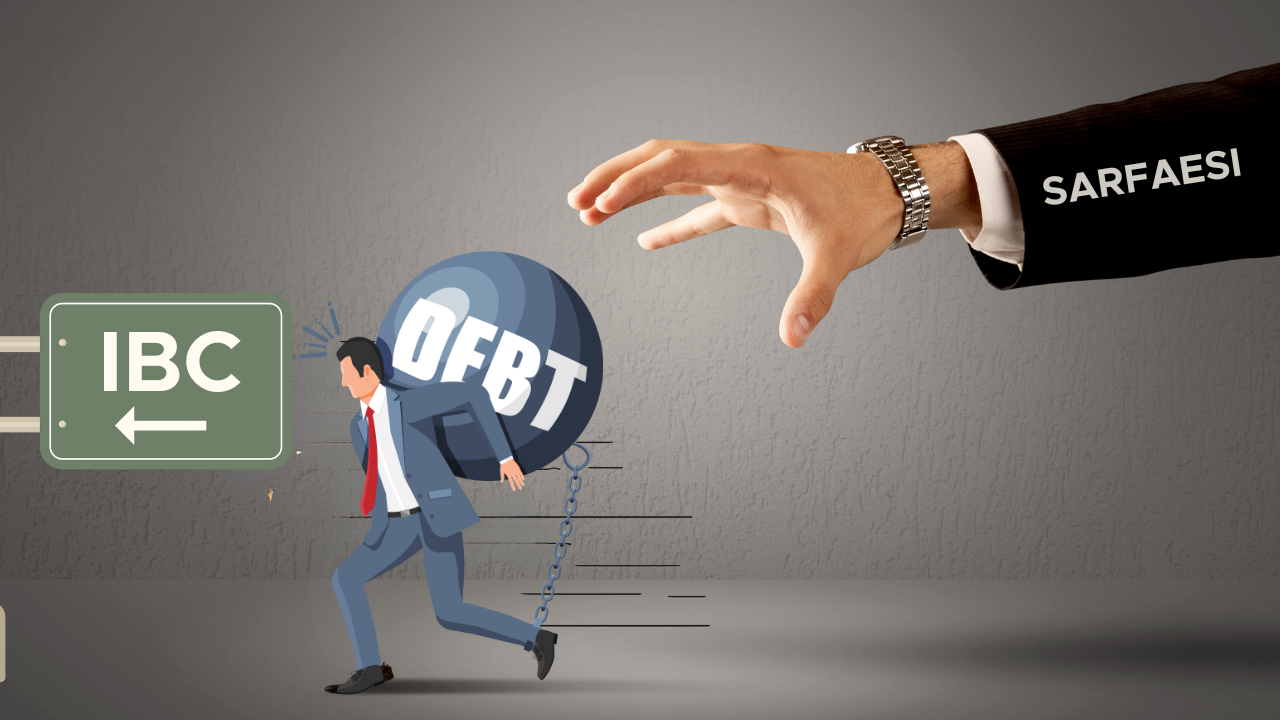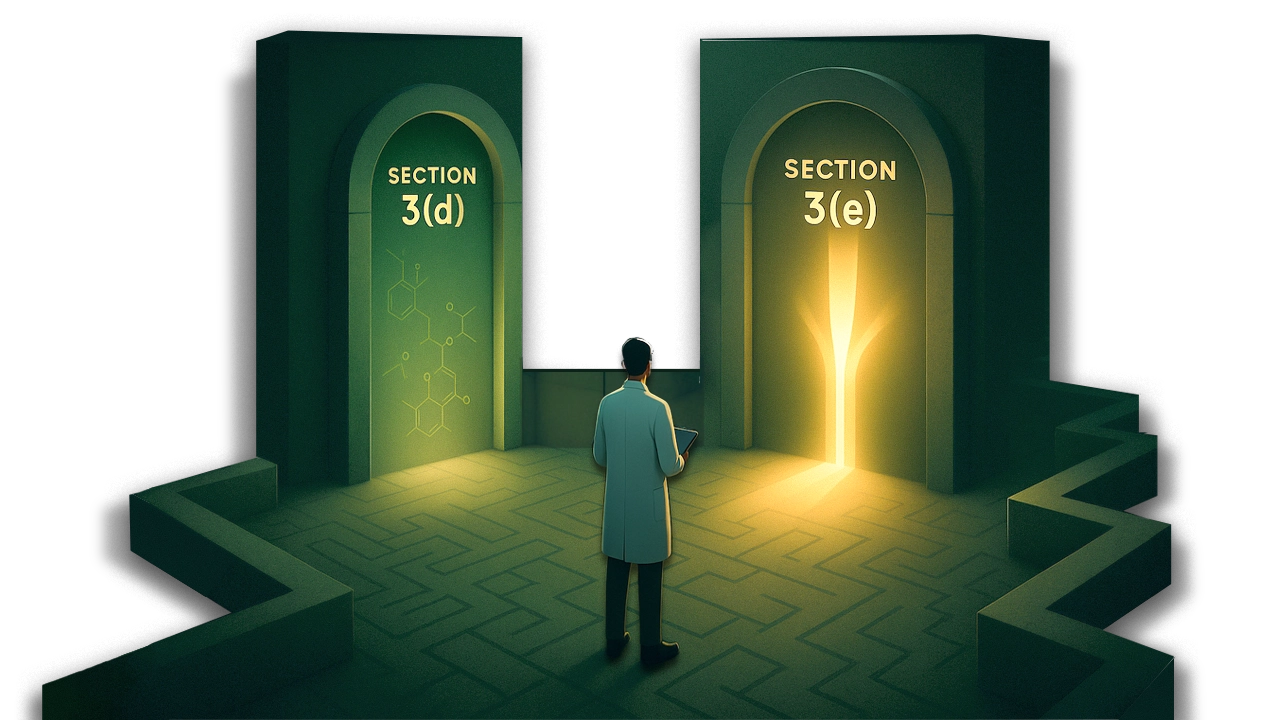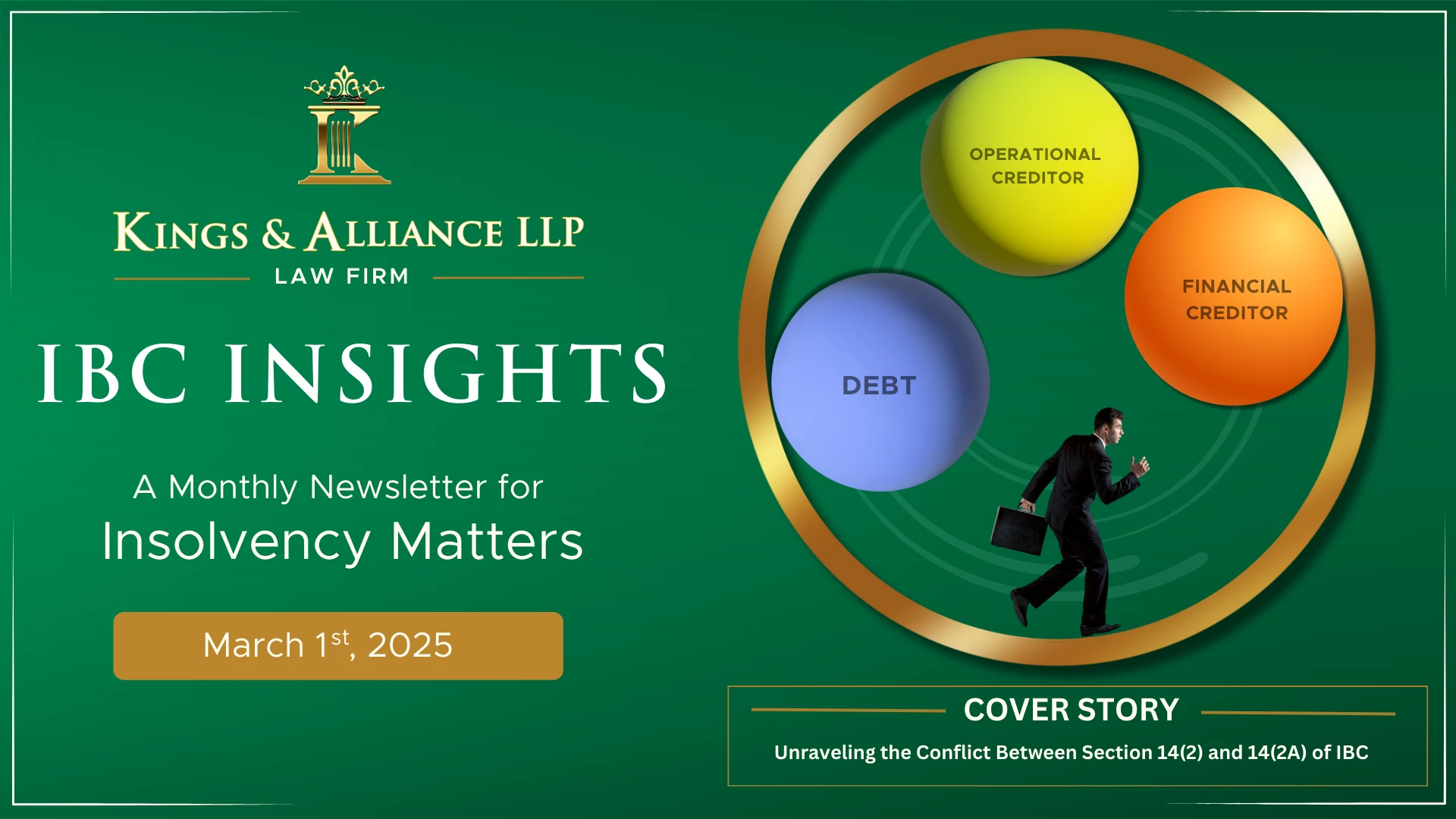The article explores the NCLAT Judgement in Getz Cables Pvt. Ltd. vs. SBI on whether filing a Section 10 petition after SARFAESI Act actions can be considered fraudulent or malicious under Section 65 of the IBC.
The NCLAT in a recent decision titled Getz Cables Private Limited Versus State Bank of India and Another[1] has held that filing an application under section 10 of the IBC is not barred merely because actions under the SARFAESI Act had been taken before the application was moved.
It was further held that “merely because proceeding under Section 13, sub-section (2) and (4) has been initiated by the creditor prior to filing of Section 10 application, cannot be a ground to hold that Section 10 application is filed with malicious and fraudulent intent. For proving fraudulent and malicious intent, something more is required to be pleaded and proved apart from initiation of proceedings under Section 13, sub-section (2) and (4) by the creditor against the Corporate Applicant.”
The NCLT had dismissed the application on the ground that it was filed to stall or obstruct the proceedings under the SARFAESI Act as admission of the application would bring a moratorium into operation under section 14 of the code, pausing all the proceedings, including the SARFAESI proceedings against the corporate debtor.
In this article, we will unpack the interplay between sections 10 and 65 of the IBC and will further examine whether filing an application under section 10 subsequent to actions taken under the SARFAESI Act can be termed fraudulent or malicious.
Principles Governing Section 10 Application
An insolvency application can be filed by a financial creditor, an operational creditor or a corporate debtor itself. In this article, we are dealing with section 10 of the code, which states that an application for initiating corporate insolvency resolution process can be filed by a corporate applicant if it has committed default in respect of a debt.
The same principles considered while deciding an application under sections 7 and 9 of the code are also applicable to this application. This means that requirements of debt and default must be satisfied before an application under section 10 can be admitted. In addition, the corporate applicant must not fall under any of the categories specified under section 11 of the code. Section 11 provides various conditions that disqualify a corporate applicant from initiating insolvency proceedings.
In Unigreen Global Pvt. Ltd. v. Punjab National Bank and Ors.[2], the NCLAT has considered the test to be applied while deciding an application filed by the corporate applicant under section 10.
It was held that the Adjudicating Authority must determine whether debt exists and whether a default has been committed. If these two conditions are satisfied, the Adjudicating Authority must admit the application.
The tribunal held as under:
“Once these conditions are satisfied, the adjudicating authority is bound to admit the application. The authority is not permitted to consider factors beyond those prescribed under Section 10 or the information contained in Form 6 of the Insolvency and Bankruptcy (Application to the Adjudicating Authority) Rules, 2016.”
Interplay Between SARFAESI and IBC
Having gone through the test to be applied by the Adjudicating Authority while deciding application under section 10 of the code, the next issue is whether pendency of SARFAESI proceedings can be a ground to reject the application.
This question came for consideration before the NCLAT in Unigreen Global Pvt. Ltd (supra) wherein it was held that “if any action has been taken by a ‘Financial Creditor’ under Section 13(4) of the SARFAESI Act, 2002 against the Corporate Debtor or a suit is pending against Corporate Debtor under Section 19 of DRT Act, 1993 before a Debt Recovery Tribunal or appeal pending before the Debt Recovery Appellate Tribunal cannot be a ground to reject an application under Section 10, if the application is complete.”
The issue before the tribunal was whether mere pendency of winding up petition before the High Court was sufficient to reject the application under section 10 of the code. The tribunal while, rejecting this submission observed that it could not be a ground to reject the application in light of section 238 of the code which gives overriding effect to the provisions of the IBC over any other law for the time being in force.
The NCLAT, further reaffirming this position in Rakesh Kumar Gupta v. Mahesh Bansal and Anr.[3], has held that proceedings initiated under the SARFAESI Act cannot preclude the financial creditor from preferring an application under section 7 of the code.
In light of the above discussion, it can be concluded that proceedings under the SARFAESI Act will not have any effect over insolvency proceedings and cannot be a ground to reject an application under Section 10, provided it is complete and meets statutory requirements.
Whether Petition Under Section 10 Can Be Termed Fraudulent and Malicious If Filed Subsequent To Actions Taken Under SARFAESI Act
The next issue to be addressed whether filing an application under section 10 after the actions under the SARFAESI Act had already been initiated can be termed fraudulent or malicious for the penalty to be imposed under section 65 of the code.
Section 65 of the code provides that “If, any person initiates the insolvency resolution process or liquidation proceedings fraudulently or with malicious intent for any purpose other than for the resolution of insolvency, or liquidation, as the case may be, the Adjudicating Authority may impose upon such person a penalty which shall not be less than one lakh rupees, but may extend to one crore rupees.”
It is clear from the above provision that for imposing a penalty under Section 65, the Adjudicating Authority, based on record, must form a prima facie opinion that the person (Financial Creditor / Corporate Applicant / Operational Applicant) has filed the petition for initiation of proceeding “fraudulently” or “with malicious intent” for the purpose other than the resolution of the insolvency or liquidation.
The NCLAT in Wave Megacity Centre Private Limited Versus Rakesh Taneja and Others[4] dealt with the interplay between sections 10 and 65 of the code. In this case the appellant while relying on the judgment of the NCLAT in Unigreen Global Pvt. Ltd (supra) argued that once the requirements of debt and default are satisfied, application under section 10 must be admitted. The tribunal rejected this argument and held that sections 10 and 65 have to be read together to discern true intent behind their incorporation. If it is established that an insolvency or liquidation proceedings have been initiated for any purpose other than for resolution of the corporate debtor, application under section 10 must not be admitted even if the debt and default are proved.
It was held that “in event CIRP is initiated by a corporate applicant fraudulently with malicious intent for any purpose other than the resolution of insolvency, holding it that it is obligatory for the Adjudicating Authority to admit Section 10 Application, will be contrary to the statutory scheme under Section 65.”
Now, the issue is whether filing a petition under section 10 subsequent to actions taken under the SARFAESI Act can be termed fraudulent or malicious.
This question came up for consideration before the NCLAT in Getz Cables Private Limited (supra) wherein it was held that “merely because proceeding under Section 13, sub-section (2) and (4) has been initiated by the creditor prior to filing of Section 10 application, cannot be a ground to hold that Section 10 application is filed with malicious and fraudulent intent. For proving fraudulent and malicious intent, something more is required to be pleaded and proved apart from initiation of proceedings under Section 13, sub-section (2) and (4) by the creditor against the Corporate Applicant.”
It is clearly established from the above observation that filing an application under section 10 cannot be termed malicious or fraudulent just because the SARFAESI Proceedings have already been initiated. Something more than the pendency of the proceedings in other acts must be demonstrated for section 65 to be attracted.
It was argued by the appellant in the above case that the corporate debtor wanted to take the benefit of section 14 of the code as on admission of insolvency application, proceedings under the SARFAESI Act will be halted.
However, while rejecting this argument the tribunal opined that “mere fact that application is filed, consequent of which the recovery proceedings may be halted, cannot lead to conclusion that intent and purpose of the application under section 10 is malicious and fraudulent.”
Conclusion
The question analysed in this article was of a seminal importance concerning interplay between the SARFAESI Act and IBC. The tribunal has ensured the primacy of the insolvency proceedings by holding that the proceedings under the IBC shall be given precedence over those under the SARFAESI Act .This decision furthers the objectives of the code that is timely resolution of the corporate debtor without being obstructed by proceedings instituted under any other law for the time being in force.
[1] Company Appeal (AT) (Insolvency) No.1953 of 2024
[2] Company Appeal (AT) (Insolvency) No. 81 of 2017
[3] Company Appeal (AT) (Insolvency) No. 1408 of 2019
[4] Company Appeal (AT) (Insolvency) No. 918 of 2022






